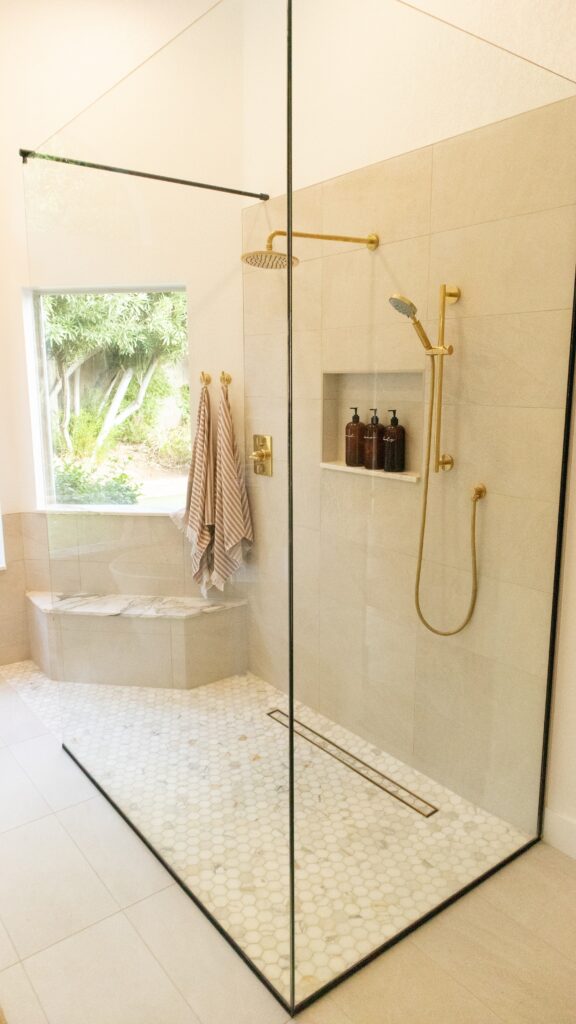Home modification is the official term (from the Americans with Disabilities Act) for renovations and remodels to make your house more accessible. It means physically changing your home by removing potential hazards, and adding safety measures, allowing you to access different areas of your house. These changes have helped many people maintain their independence, regardless of their mobility challenges.
Bankrate’s recent article entitled “The best home modifications for aging in place” reports that home modifications in the Dallas area can be pricey—typically ranging from $3,000 to $15,000, with the average national spend being $9,500. However, it can be a worthwhile investment. You can save money by focusing on the right home modifications for your needs. That is because the longer you can safely live in your home, the less you will need to pay for assisted living or other care.
Universal Design
The best aging-in-place home modifications align with “universal design,” an architectural term for features that are easy for all to use and adaptable, as needs dictate. This includes additions and changes to the exterior and interior of a home. Most homes in the DFW Metroplex were built before universal design was widespread, so Dallas area homeowners may need to make some changes.
Assess the Need
A Physical or Occupational Therapist can evaluate your fall risk, and assess the potential dangers in your home. They can make recommendations on helpful modifications, and suggest appropriate equipment. Contact your primary care physician for a referral for a Home Evaluation.
DIY Modifications
Some of the simplest home modifications include DIY jobs:
- Adding easy-grip knobs and pulls on cabinets and drawers;
- Swapping knobs for levers on doors;
- Installing adjustable handheld shower heads;
- Rearranging furniture for better movement;
- Removing trip hazards like cords and throw rugs;
- Installing non-slip floor coverings; and
- Adding night-lights and brighter lighting.
Hire a Professional
Next, are some more complex home modifications. These probably would need a professional contractor, especially if you want them up to code standards:
- Installing handrails properly;
- Adding automatic outdoor lighting;
- Installing automatic push-button doors;
- Leveling flooring; and
- Installing doorway ramps
Room by Room
There are also home modifications that can be done by room:
- In the bathroom – installing grab bars and a railing, converting a tub to a walk in shower, or adding a shower bench;
- In the kitchen – adjusting the height of tables, work spaces, and countertops, installing lever or touchless faucets, move frequently used items to more accessible shelves, and adding cabinet pull-out shelves;
- For the bedroom – adjust the height of the bed, install a bed rail non-slip floor, walk-in closets and motion-activated lights
- Outside – you can add ramps, a porch or stair lifts, and automatic push button doors. You’ll want to ensure that sidewalks are level, and free from debris.
Finally, throughout the house, keep things well-lit, widen hallways and doorways to accomodate a walker or wheelchair, convert a first-level room into a master suite, install elevators or chair lifts, and utilize“smart” window shades/thermostats/lighting.
Tax Deductions
Note that some home modifications may qualify as medical expenses. As a result, they are eligible for an itemized deduction on your income tax return. A home modification may be tax-deductible as a medical expense, if it has made to accommodate the disabilities (preferably documented by a physician or other health care provider) of someone who lives in the home, according to the IRS.
Making modifications to your home is just one way to maintain your independence. Staying in control of decision-making and ensuring you have the legal and financial resources you need is also vital. Contact our office to get started.
Reference: Bankrate (March 30, 2022) “The best home modifications for aging in place”




